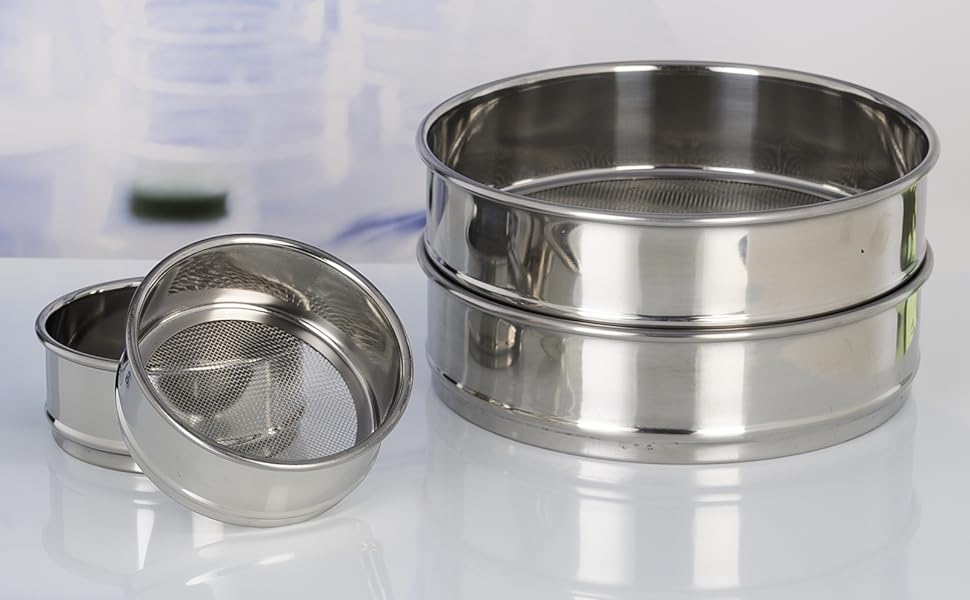Understanding Screening Rate: How to Match Your Coal Output with the Right Vibrating Screen
When you’re choosing a vibrating screen for coal, understanding the screening rate is crucial. The screening rate is essentially the amount of coal your screen can process per hour. If you’re dealing with a high-output operation, you’ll need a vibrating screen that can handle large volumes without compromising on efficiency. Conversely, for smaller-scale operations, a lower screening rate may suffice.
To match your coal output with the right vibrating screen, start by calculating your production needs. Consider factors like the tonnage of coal you need to process and the size of the coal particles. A higher screening rate might sound appealing, but if your vibrating screen can’t effectively separate fine particles from larger ones, you’ll face a drop in product quality.

Also, think about the type of coal you’re processing. Bituminous coal, for example, may require a different screening rate compared to anthracite. Each type of coal has its own characteristics that affect how it moves through a vibrating screen. In short, your goal should be to find a balance where the screening rate aligns with your production needs without sacrificing the quality of the screened coal.
Top Accessories to Enhance the Efficiency of Your Coal Vibrating Screen
To get the most out of your coal vibrating screen, you’ll want to consider adding a few key accessories. These add-ons can make a big difference in how well your screen performs and how long it lasts.
First, consider screen deck wear liners. These liners protect the screen from abrasion and extend its life, especially when processing abrasive materials like coal. They can also help maintain a consistent screening rate by preventing the screen surface from wearing down too quickly.

Another useful accessory is a screen tensioning system. Proper tensioning is vital for maintaining the efficiency of your vibrating screen. A tensioning system ensures that the screen media is held tightly in place, reducing the risk of sagging or warping, which can lead to inefficient screening and frequent maintenance.
Dust suppression systems are also worth considering. Coal processing generates a lot of dust, which can pose a health risk and create a mess in your facility. A dust suppression system helps to keep the air clear and minimizes cleanup time, improving overall efficiency.
Finally, don’t overlook the importance of proper vibration isolation. Vibration isolation mounts can reduce the transmission of vibrations to the rest of your equipment, which not only protects your vibrating screen but also minimizes noise and extends the life of surrounding machinery.

How Screening Rate Affects Your Coal Processing Efficiency
The screening rate directly impacts the efficiency of your coal processing operation. A higher screening rate allows you to process more coal in less time, which can boost your overall productivity. However, there’s more to it than just speed.
If your screening rate is too high for your specific coal type, you might end up with an uneven distribution of coal particles. This can lead to problems down the line, like clogging or excessive wear on your screen. On the other hand, a screening rate that’s too low might not fully utilize your vibrating screen’s capabilities, leading to inefficiencies and wasted potential.
Another factor to consider is the consistency of the screening rate. Fluctuations in the rate can indicate that your screen isn’t operating optimally. For example, if the rate suddenly drops, it might be a sign that your screen media is clogged or that the screen isn’t properly tensioned. Monitoring the screening rate can help you catch these issues early, allowing you to make adjustments before they become bigger problems.

Moreover, the screening rate can affect the quality of your final product. A consistent, appropriate screening rate ensures that your coal is evenly processed, resulting in a uniform product that meets your quality standards. This is especially important if you’re supplying coal to industries with strict specifications, like power generation or steel production.
In conclusion, while the screening rate is a critical factor in coal processing efficiency, it’s important to balance speed with accuracy. The right screening rate will not only enhance productivity but also maintain the quality of your coal and extend the life of your vibrating screen.
